
Not Just the Birds and Bees 6 Fast Facts About Pollinating Bats The National Wildlife
Northern Blossom Bat. Northern Blossom Bat. Discover more. The Flowering of Australia's Rainforests. Invertebrates are essential in pollinating our rainforests - but how do climate change, fire, fragmentation, invasive species and destructive pathogens impact pollination networks? Dr Geoff Williams OAM, AM, explores how in this Second.

Call of the Bloom National Geographic Magazine Fruit bat, Bat, Pollen
Eating insects is the most common diet among bats worldwide — a major benefit for our farmers. However, the role many of nectar-feeding bats play is just as important. Bats, like the Northern Blossom Bat (Macroglossus minimus) from Australia, pollinate the flowers of plants that produce nectar. Scientists believe that many plants have evolved.

Common blossom bat All About Bats
Bats, like the Northern blossom bat ( Macroglossus minimus) from Australia, pollinate the flowers of many plants, including mangrove and banana trees. Scientists believe that many groups of plants have adapted to attract bats, as they are able to carry much larger amounts of pollen in their fur compared to other pollinators.
Mother bats speak "baby talk" to their pups. A recent study showed that pupdirected
Syconycteris australis. This mouse-sized fruit bat can only be found in the sub-canopy of rainforest trees. It has a long thin muzzle and a very long tongue for feeding on nectar. It is one of the smallest of all the mega-bats weighing in at 15-19 grams, on average. Its size and fawn to reddish brown fur make it difficult to spot during.

Northern Blossom Bat Hanging From A Branch, Australia Photograph by Bruce Thomson
The long-tongued nectar bat (Macroglossus minimus), also known as the northern blossom bat, honey nectar bat, least blossom-bat, dagger-toothed long-nosed fruit bat, and lesser long-tongued fruit bat, is a species of megabat. M. minimus is one of the smallest species in the family Pteropodidae, with an average length of 60-85 mm. It has a reddish-brown colouring with relatively long hair.
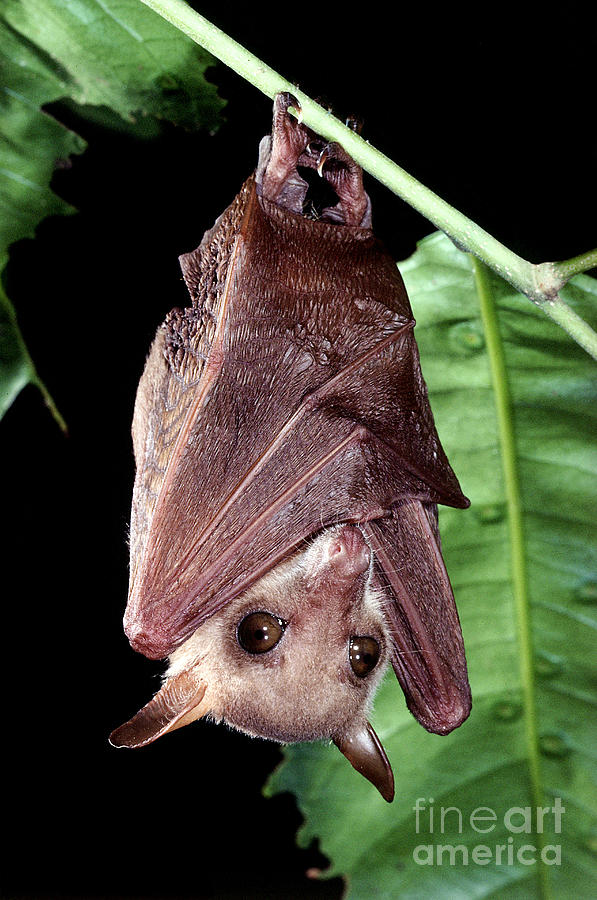
Northern Blossom Bat Photograph by B. G. Thomson Pixels
The long-tongued nectar bat ( Macroglossus minimus ), also known as the northern blossom bat, honey nectar bat, least blossom-bat, dagger-toothed long-nosed fruit bat, and lesser long-tongued fruit bat, is a species of megabat. M. minimus is one of the smallest species in the family Pteropodidae, with an average length of 60-85 mm.

Pin by Tammy Carder on critters Bat species, Bat photos, Fruit bat
Northern Blossom Bats are important pollinators of many native Australian plants. In northeastern Queensland they also appear to pollinate commercially grown durian tees. Habitat. Northern Blossom Bats hang in palms, bamboos, mangroves, and trees in monsoon forests and rainforests. They roost alone or in small groups under loose bark, within.
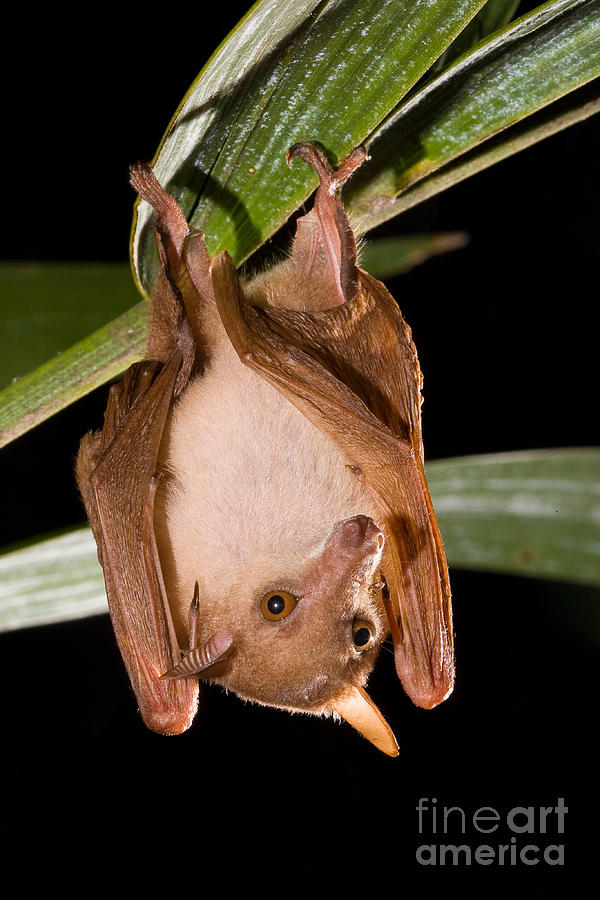
Northern Blossom Bat Photograph by B. G. Thomson
The long-tongued nectar bat ( Macroglossus minimus ), also known as the northern blossom bat, honey nectar bat, [2] least blossom-bat, [3] dagger-toothed long-nosed fruit bat, [1] and lesser long-tongued fruit bat, [1] is a species of megabat. M. minimus is one of the smallest species in the family Pteropodidae, with an average length of 60-85 mm.
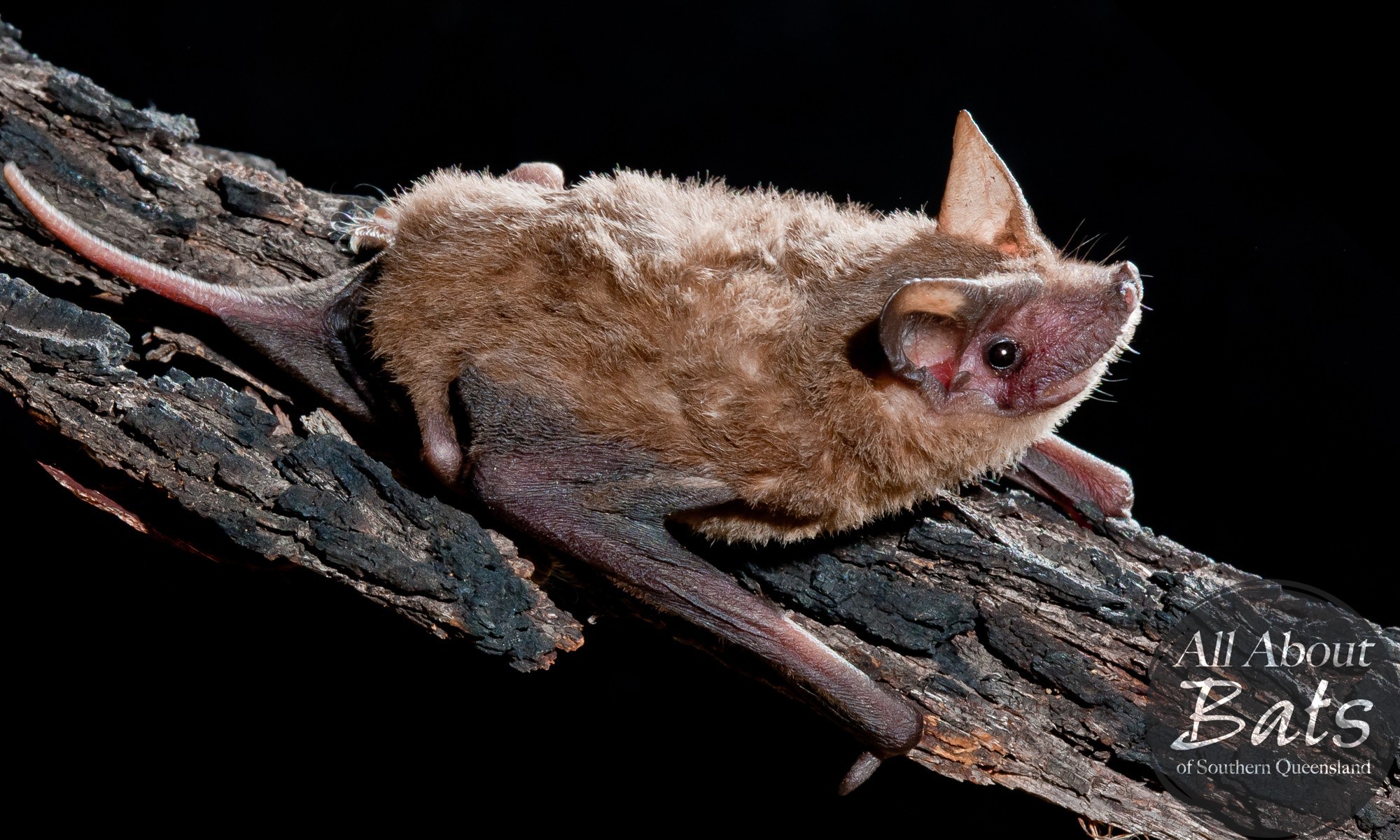
Northern freetail bat All About Bats
The long-tongued nectar bat ( Macroglossus minimus ), also known as the northern blossom bat, honey nectar bat, least blossom-bat, dagger-toothed long-nosed fruit bat, and lesser long-tongued fruit bat, is a species of megabat. M. minimus is one of the smallest species in the family Pteropodidae, with an average length of 60-85 mm.
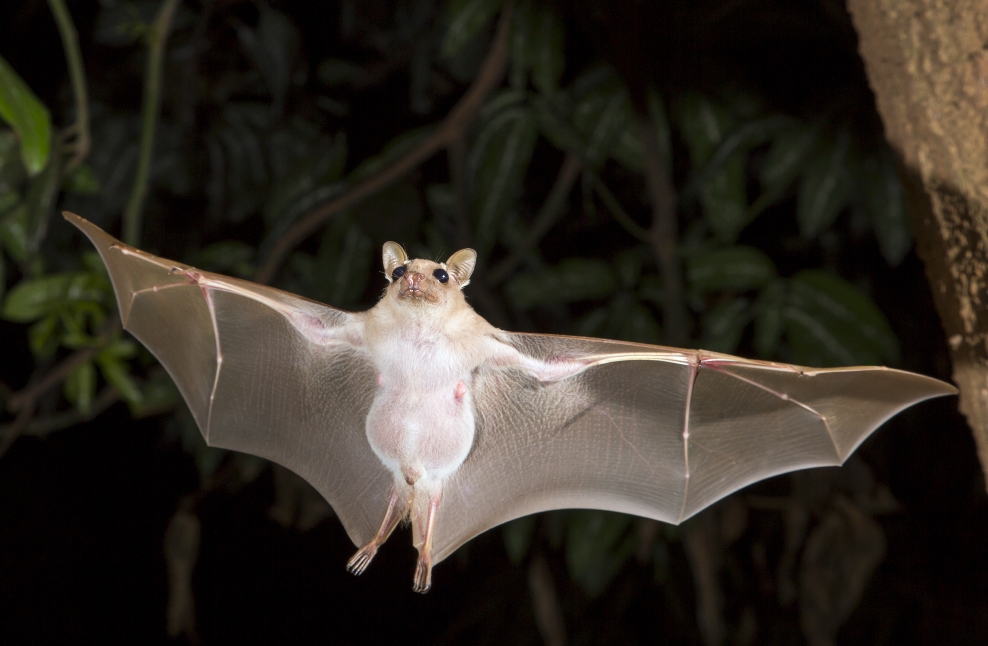
15 fun facts about bats (and how you can help) Charity Choice Blog
Ontario's native bats are on the decline. Since 2012, four of the province's eight species — little brown myotis, eastern small-footed myotis, northern myotis and tri-coloured bat — have been listed as endangered, mainly as a result of a condition known as white-nose syndrome. (Three of these species are also listed as endangered by the Committee on the Status of Endangered Wildlife in.

Five Reasons to Love Bats Smithsonian Voices National Museum of Natural History Smithsonian
Pteropodidae (Flying Foxes, Fruit Bats and Blossom-bats) Scientific name Macroglossus minimus (Geoffroyi, 1810) Common name northern blossom bat Type reference Geoffroyi, E. (1810) Description des roussettes et des cephalotes, deux nouveaux genres de la famille des chauve-souris. Ann. Mus. Hist. Nat. Paris 15: 86-108. WildNet taxon ID 978.

Northern Blossom Bat The Australian Museum
Northern Blossom Bat Macroglossus minimus This fruit bat is similar to S. australis but distinguished by strips of bare skin (interfemoral membrane) along the inside of the hind legs. It also has a small stub of a tail hidden in the body fur. This bat is an important pollinator of native plants.

Rainforest Explorer
datasets have provided data to the Atlas of Living Australia for this species. Browse the list of datasets and find organisations you can join if you are interested in participating in a survey for species like Macroglossus minimus (Geoffroy, 1810) Accepted Name. Source. Macroglossus minimus (Geoffroy, 1810) AFD.

Common Blossom Bat The Australian Museum
Here's a sneak peek of some facts from the guide. 1. Eight species of these nocturnal creatures live in Ontario. They are: the hoary bat, the eastern red bat, the silver-haired bat, the big brown bat, the tricolored bat, the little brown myotis bat, the northern long-eared myotis and the eastern small-footed myotis.
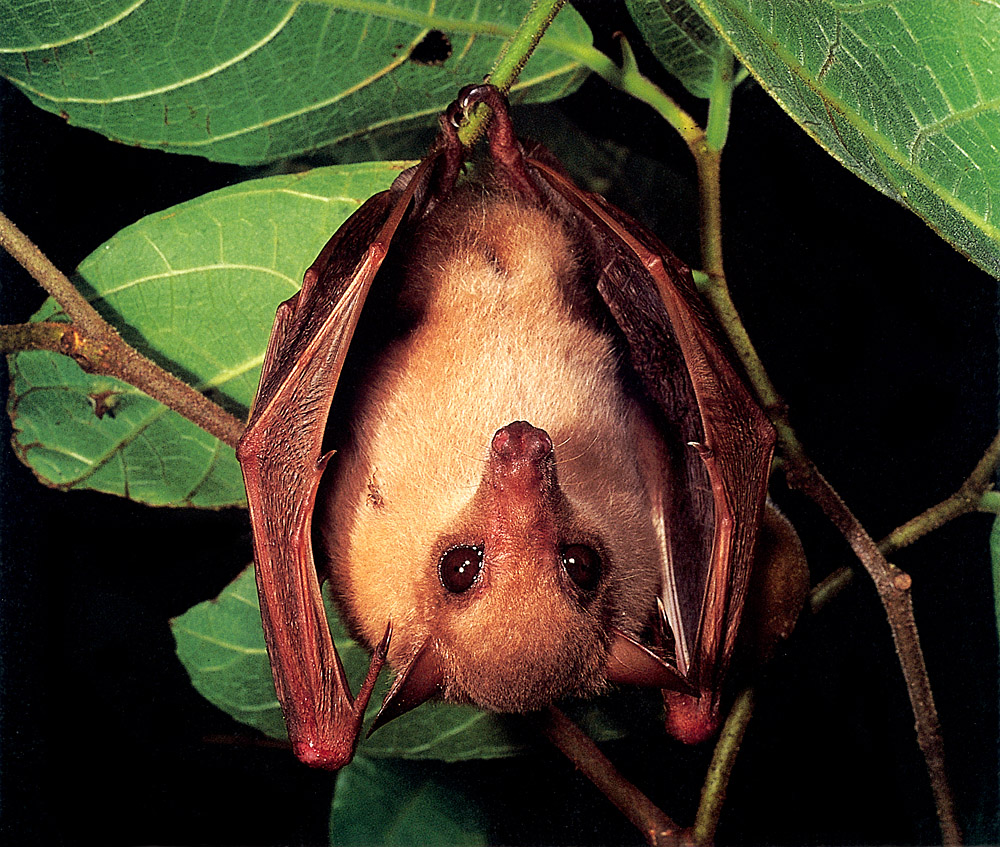
NATURE GEEK The Blossom Bat May Just Convince You That Some Winged Beasts Are Not Out to Suck
Big Brown Bat Tri-Colored Bat Little Brown Myotis Eastern Small-footed Myotis Northern Myotis Hoary Bat Eastern Red Bat Silver-haired Bat

Hairyfooted Moss Forest Blossom Bat (Syconycteris hobbit) West Sepik Pro ZooChat
Flying-foxes and their relatives range in size from the tiny blossom-bats that could fit in the palm of a human hand, through to the more familiar flying-foxes 'fruit bats', which can have a wingspan of more than a metre. Night vision